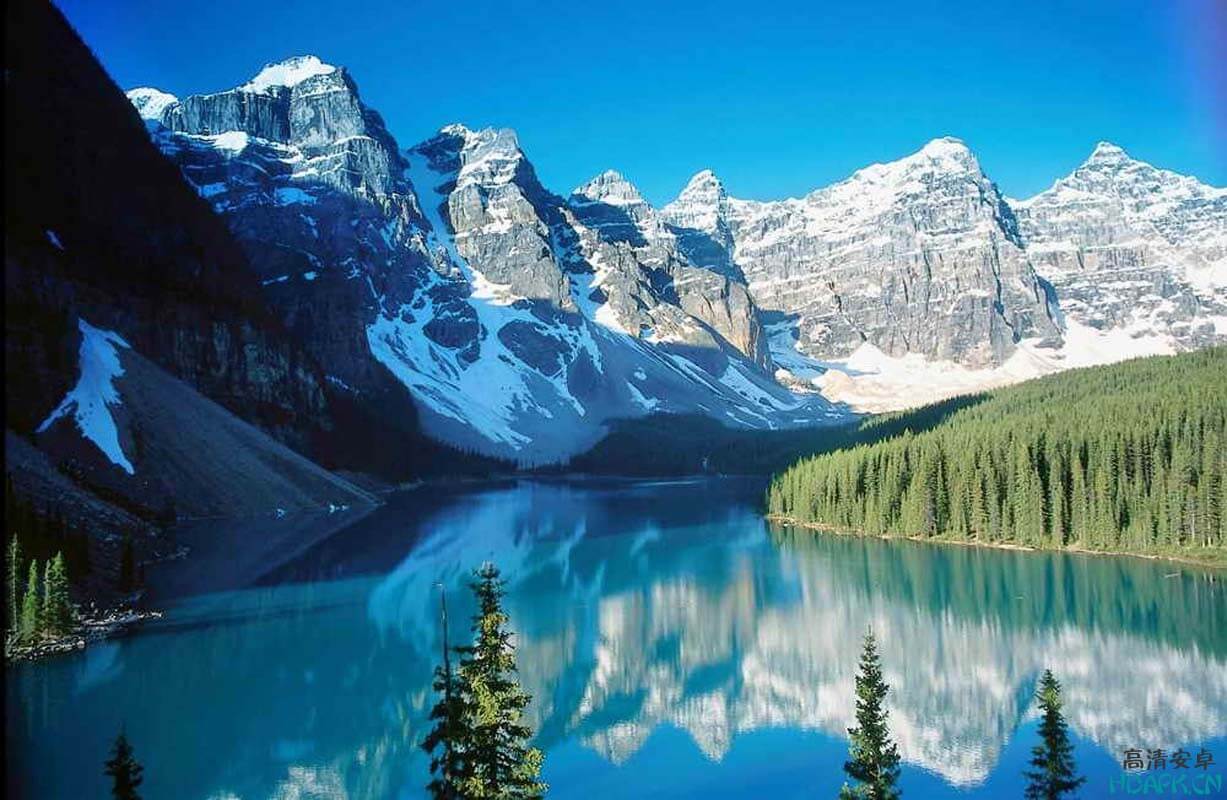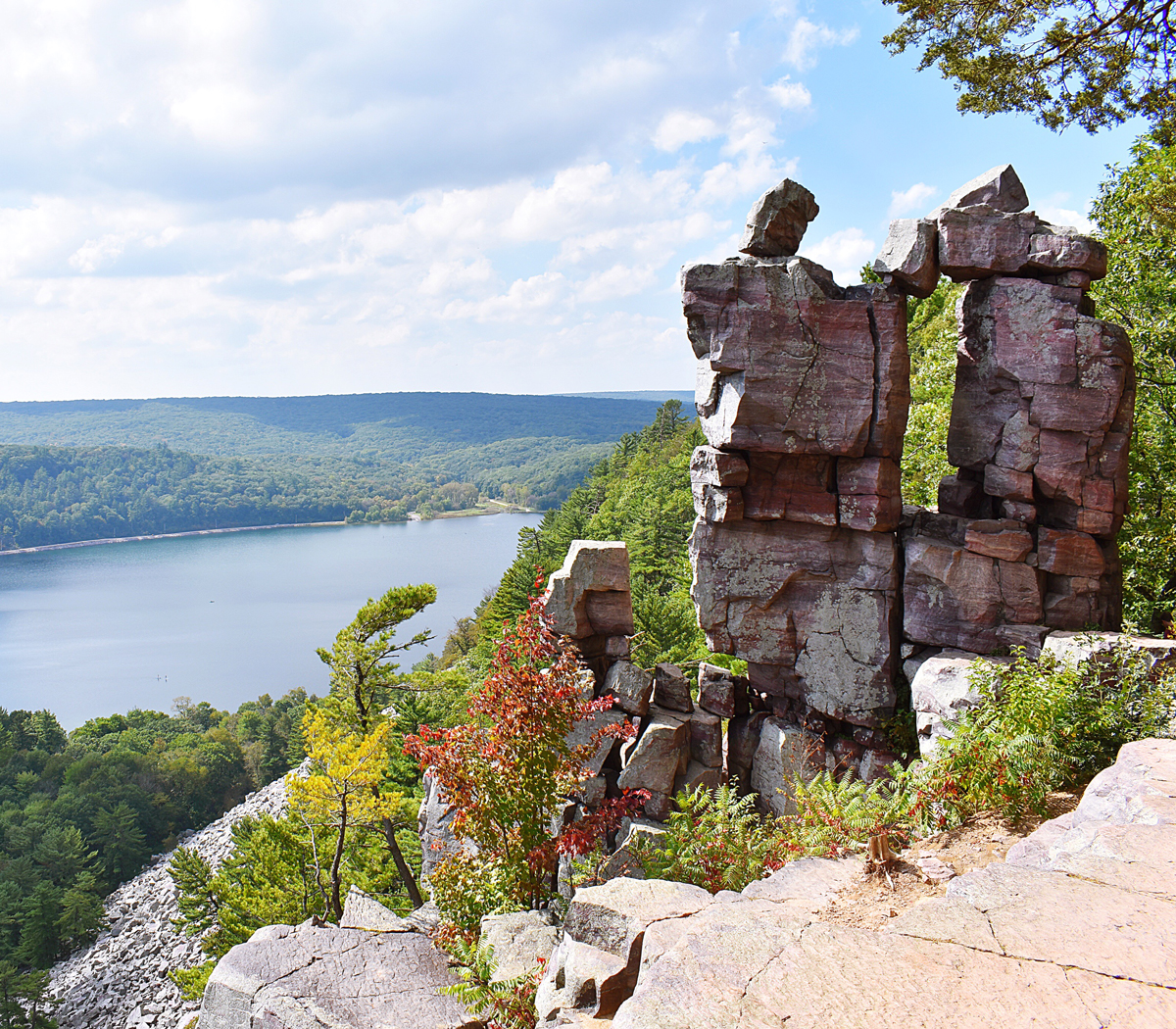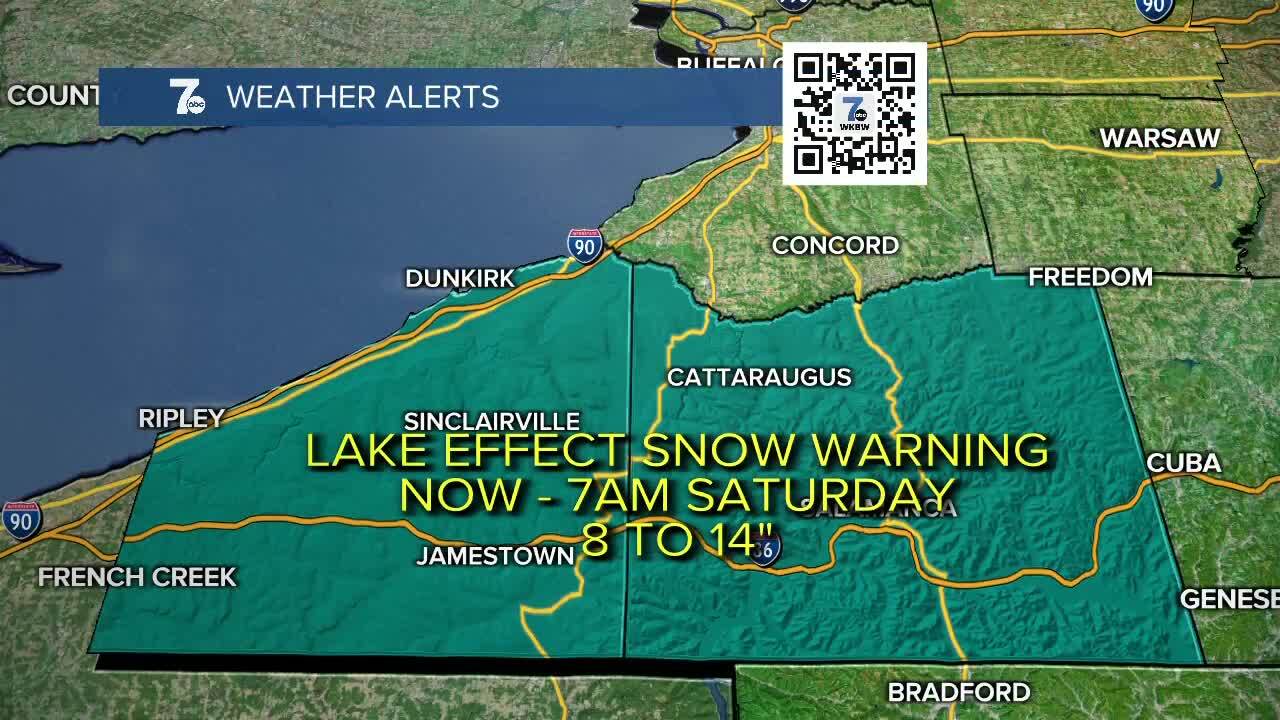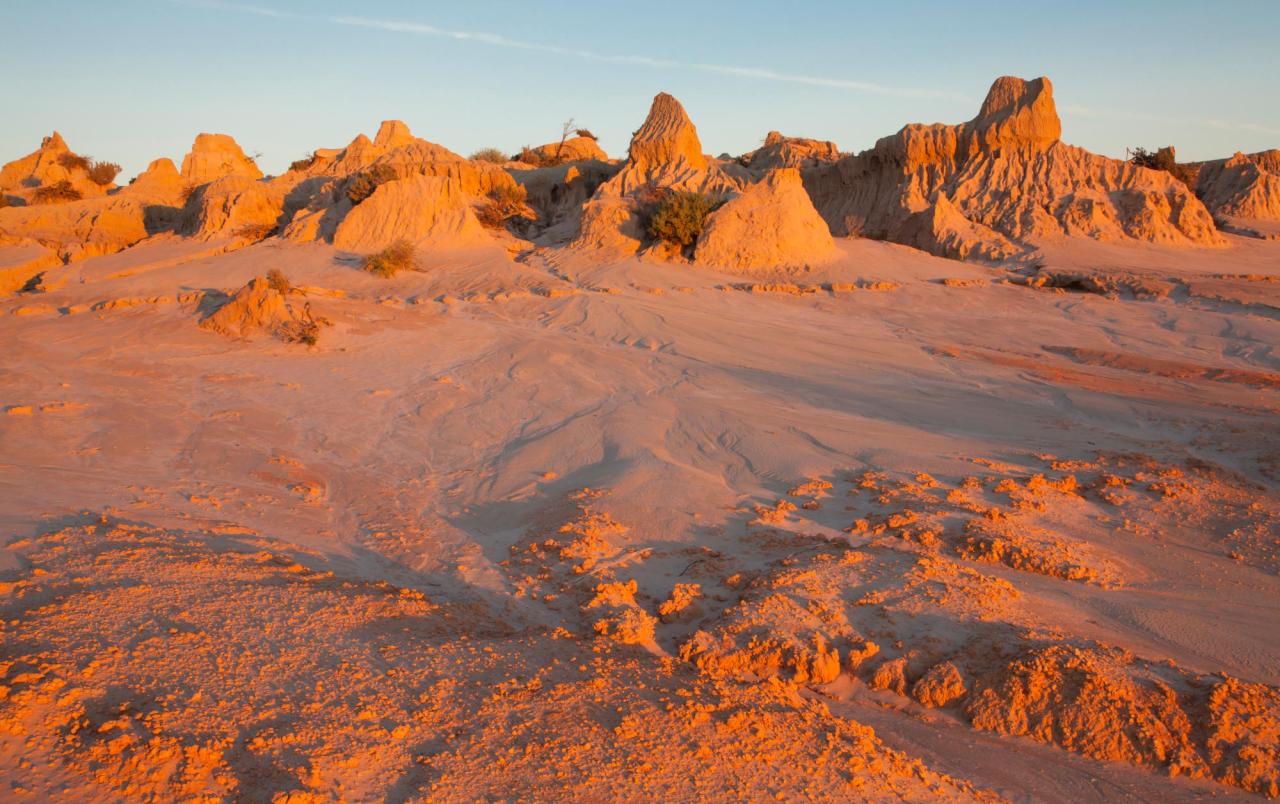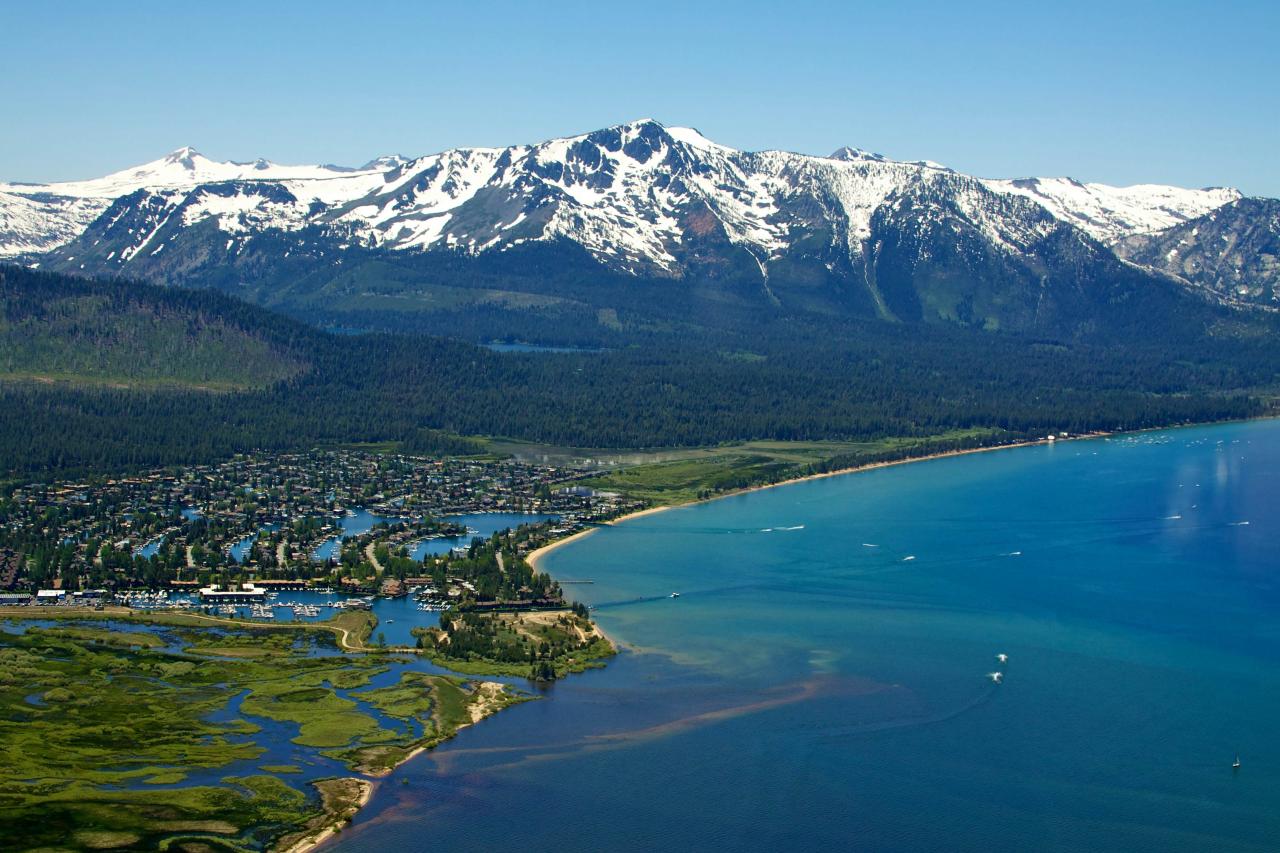Lake Champlain, a vast body of water nestled between New York, Vermont, and Quebec, is more than just a scenic landscape. It’s a living testament to history, ecology, and the enduring spirit of the human connection to nature. From its geological origins to its role in shaping regional culture, Lake Champlain offers a captivating journey through time and a glimpse into the intricate web of life it sustains.
For centuries, the lake has served as a vital waterway, connecting communities and fostering trade. Its shores have witnessed pivotal moments in history, from indigenous settlements to the American Revolution, each leaving an indelible mark on its identity. Today, Lake Champlain continues to be a vibrant hub for recreation, tourism, and a source of wonder for those seeking a deeper understanding of the natural world.
Lake Champlain: Geographical Overview
Lake Champlain, a majestic body of water straddling the border of New York, Vermont, and Quebec, is a captivating destination for its natural beauty and rich history. It stretches for over 120 miles, offering breathtaking views and a variety of recreational opportunities.
Location and Bordering States
Lake Champlain is situated in the northeastern United States and southeastern Canada, bordering the states of New York and Vermont, and the Canadian province of Quebec. Major cities located near the lake include Burlington, Vermont; Plattsburgh, New York; and Montreal, Quebec.
Geological Formation
The formation of Lake Champlain dates back to the last glacial period. As glaciers retreated, they carved out a vast valley, which eventually filled with meltwater, forming the lake. The lake’s unique shape, with its many inlets and bays, is a testament to the glacial forces that shaped the region.
Size and Depth, Lake champlain
Lake Champlain spans approximately 120 miles in length and averages 12 miles in width, covering a surface area of 490 square miles. Its maximum depth reaches 400 feet, making it one of the deepest lakes in the United States. Notable features of the lake include its numerous islands, including Grand Isle, Vermont, and Valcour Island, New York.
Lake Champlain: Historical Significance
Lake Champlain holds a prominent place in American and Canadian history, witnessing pivotal events that have shaped the region. Its strategic location and abundant natural resources have attracted settlers, traders, and military forces throughout the centuries.
Battles and Settlements
The lake played a crucial role in the French and Indian War, with several key battles fought on its waters. Notably, the Battle of Lake Champlain in 1759, a decisive victory for the British, marked a turning point in the conflict.
Have you ever wondered how those massive snowstorms happen near the Great Lakes? It’s all thanks to a phenomenon called lake-effect snow , where cold air picks up moisture from the warm lake water and dumps it as heavy snowfall downwind.
It’s a fascinating process that can create some serious winter weather conditions!
The lake also served as a vital transportation route for early settlers, who established communities along its shores.
Transportation and Trade
Historically, Lake Champlain served as a critical artery for trade and transportation. Its waters connected the interior of North America to the Atlantic coast, facilitating the movement of goods and people. The lake’s importance in the fur trade and timber industry further solidified its economic significance.
Indigenous Cultures
Lake Champlain holds deep cultural significance for the Abenaki people, who have inhabited the region for centuries. The lake provided sustenance, transportation, and spiritual connection for the Abenaki, and their legacy is still evident in the place names and cultural traditions of the area.
Lake Champlain: Ecology and Biodiversity
Lake Champlain is renowned for its diverse ecosystem, supporting a wide array of plant and animal species. The lake’s unique environment, influenced by its geological history and surrounding watershed, creates a haven for a variety of life forms.
Plant and Animal Species
The lake’s waters teem with fish species, including bass, trout, pike, and perch. Its shores are home to a variety of birds, mammals, and reptiles, including bald eagles, beavers, and turtles. The lake’s diverse plant life includes water lilies, cattails, and various aquatic grasses.
Ecological Challenges
Despite its natural richness, Lake Champlain faces several ecological challenges, including invasive species, pollution, and climate change. The introduction of non-native species, such as zebra mussels and Eurasian watermilfoil, has disrupted the lake’s delicate balance. Pollution from agricultural runoff and urban development poses a threat to water quality.
Conservation Efforts
Recognizing the importance of protecting Lake Champlain’s ecosystem, numerous organizations and agencies are working to conserve and restore its health. These efforts include monitoring water quality, controlling invasive species, and promoting sustainable land management practices.
Lake Champlain: Recreation and Tourism
Lake Champlain is a popular destination for outdoor enthusiasts and tourists alike, offering a wide range of recreational activities and attractions. Its scenic beauty, diverse wildlife, and historical significance make it a captivating place to explore.
Recreational Activities
Lake Champlain provides ample opportunities for boating, fishing, swimming, and hiking. Visitors can enjoy kayaking, canoeing, and sailing on its tranquil waters, or explore its numerous islands and shorelines. The lake is also a renowned fishing spot, attracting anglers seeking bass, trout, and other species.
Tourist Attractions
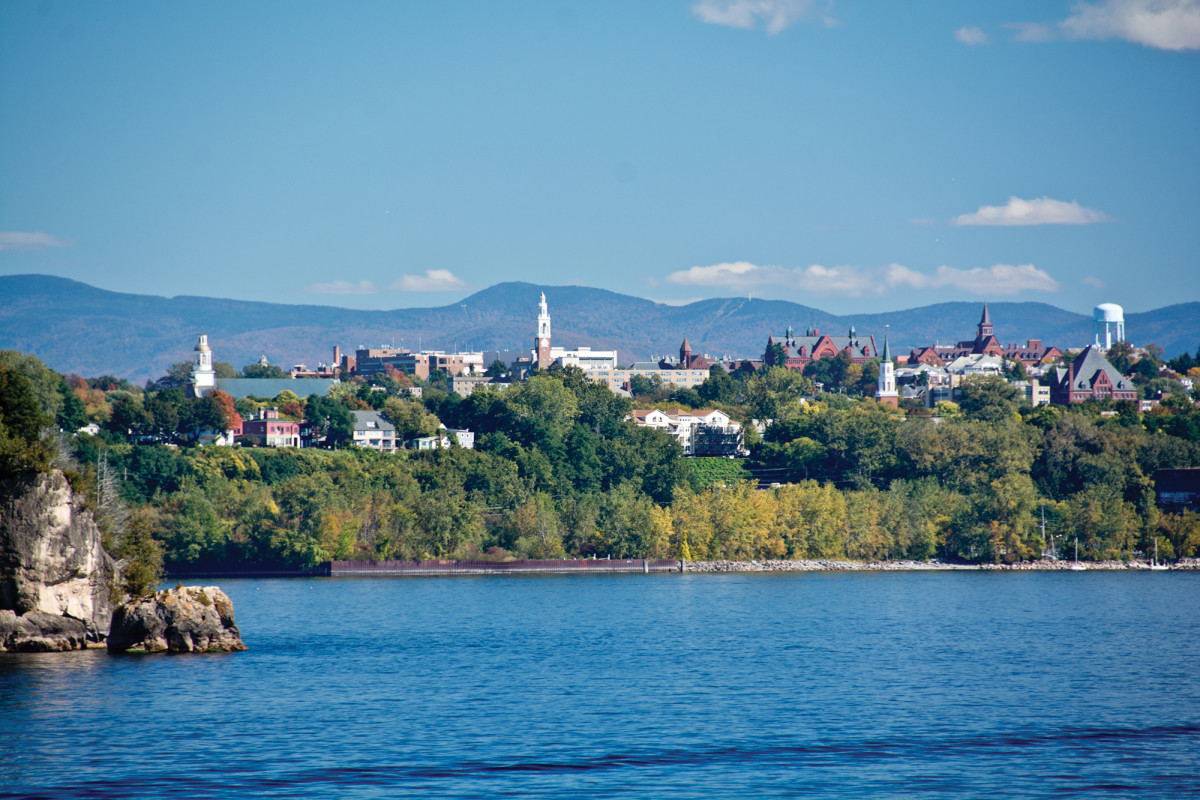
Notable tourist attractions around Lake Champlain include the Champlain Valley National Heritage Area, the Fort Ticonderoga, and the Adirondack Mountains. Visitors can explore historic sites, museums, and cultural centers, immersing themselves in the region’s rich history and heritage.
Economic Impact
Tourism plays a significant role in the economies of the communities surrounding Lake Champlain. The lake’s recreational opportunities and attractions draw visitors from across the region and beyond, contributing to local businesses, hotels, restaurants, and other tourism-related industries.
Lake Champlain: The Mystery of Champy
Lake Champlain is shrouded in mystery, with tales of a legendary lake monster known as Champy. The creature has captured the imagination of locals and visitors alike, fueling speculation and debate about its existence.
Legend and Sightings
The legend of Champy dates back centuries, with accounts of a large, serpentine creature inhabiting the lake. Over the years, numerous sightings have been reported, ranging from fleeting glimpses to detailed descriptions of a long, sinuous body with a humped back.
Scientific Evidence and Theories
While there is no conclusive scientific evidence to confirm Champy’s existence, various theories have been proposed to explain the sightings. Some suggest that Champy is a large sturgeon or a giant eel, while others believe it could be a plesiosaur, a prehistoric marine reptile.
Theories About Champy’s Identity
| Theory | Strengths | Weaknesses |
|---|---|---|
| Large Sturgeon | Sturgeons can grow to significant sizes and have been observed in Lake Champlain. | Sturgeons typically have a more rounded body shape than the described Champy. |
| Giant Eel | Eels are known to inhabit freshwater lakes and can reach considerable lengths. | Eels lack the humped back and long neck often attributed to Champy. |
| Plesiosaur | The plesiosaur’s long neck and flippers resemble the described Champy. | Plesiosaurs are extinct marine reptiles and their existence in modern lakes is highly unlikely. |
Lake Champlain: Cultural and Artistic Influences
Lake Champlain’s beauty and mystery have inspired artists, writers, and musicians for generations. Its unique landscape and rich history have served as a muse for countless works of art, literature, and music.
Art, Literature, and Music
The lake’s scenic vistas have been captured in paintings, photographs, and sculptures, showcasing its natural beauty and tranquility. Writers have drawn inspiration from its historical significance, crafting stories and poems that reflect its past and present. Musicians have composed melodies that evoke the lake’s serene atmosphere.
Have you ever wondered how those massive snowstorms happen near the Great Lakes? It’s all thanks to a phenomenon called lake-effect snow. This happens when cold air moves over the warmer lake water, picking up moisture and creating those huge snow bands that can dump tons of snow in a short period of time.
Local Folklore and Legends
Lake Champlain is steeped in local folklore and legends, with tales of Native American spirits, hidden treasures, and the legendary Champy. These stories have been passed down through generations, enriching the region’s cultural heritage.
Visual Representation
A visual representation of Lake Champlain could depict its majestic expanse, with its sparkling waters reflecting the surrounding mountains. The image could incorporate iconic landmarks, such as the Champlain Bridge and the Adirondack Mountains, symbolizing the region’s natural beauty and historical significance.
Concluding Remarks
Lake Champlain stands as a testament to the enduring power of nature and the enduring human spirit. Its beauty, history, and ecological significance inspire awe and a sense of responsibility to protect this cherished treasure for generations to come. Whether exploring its depths, traversing its waters, or simply marveling at its shores, Lake Champlain offers a unique and unforgettable experience that resonates with the soul.


